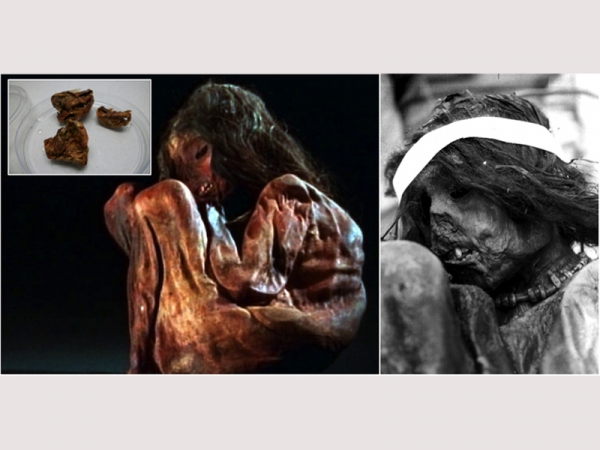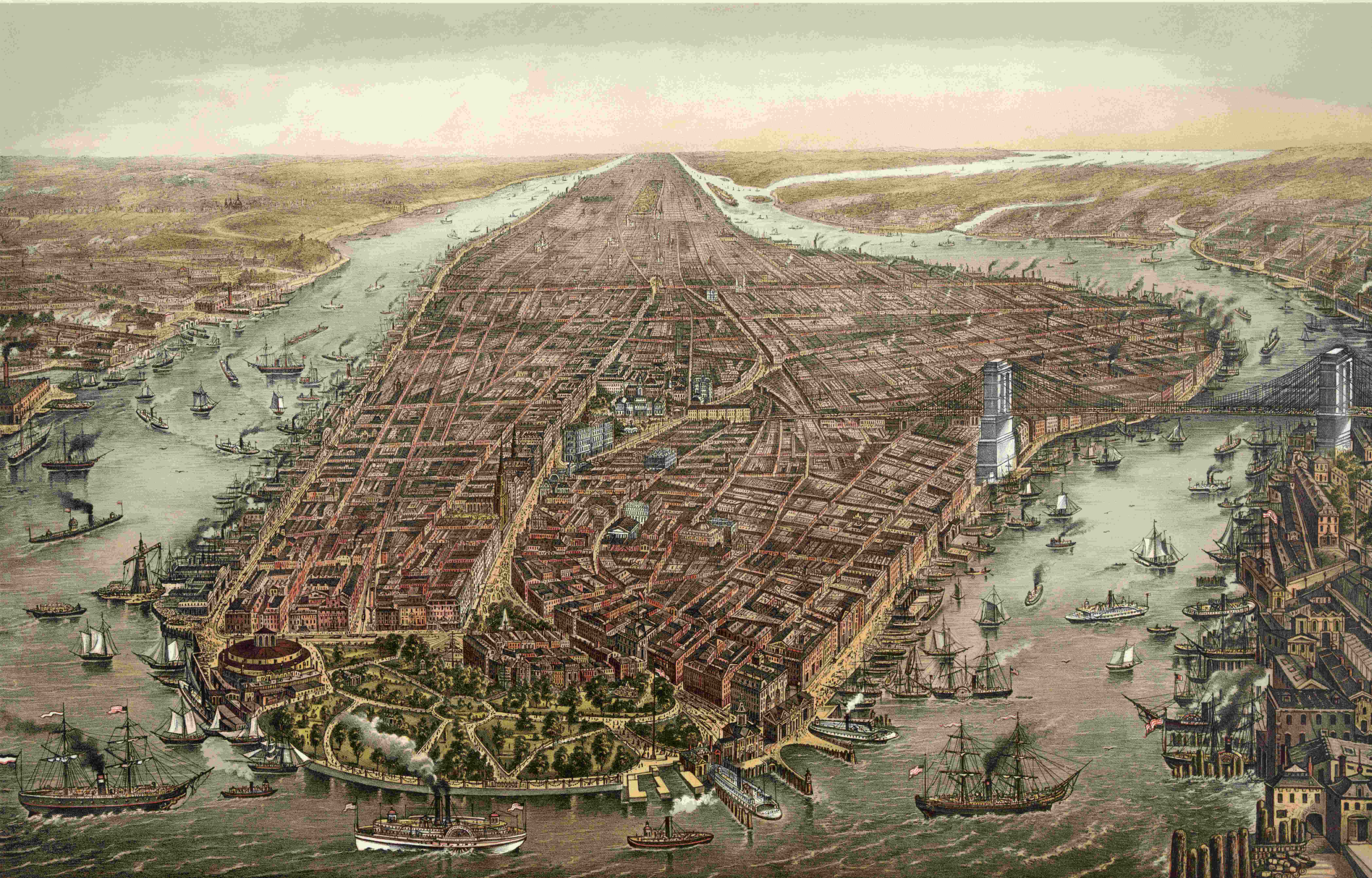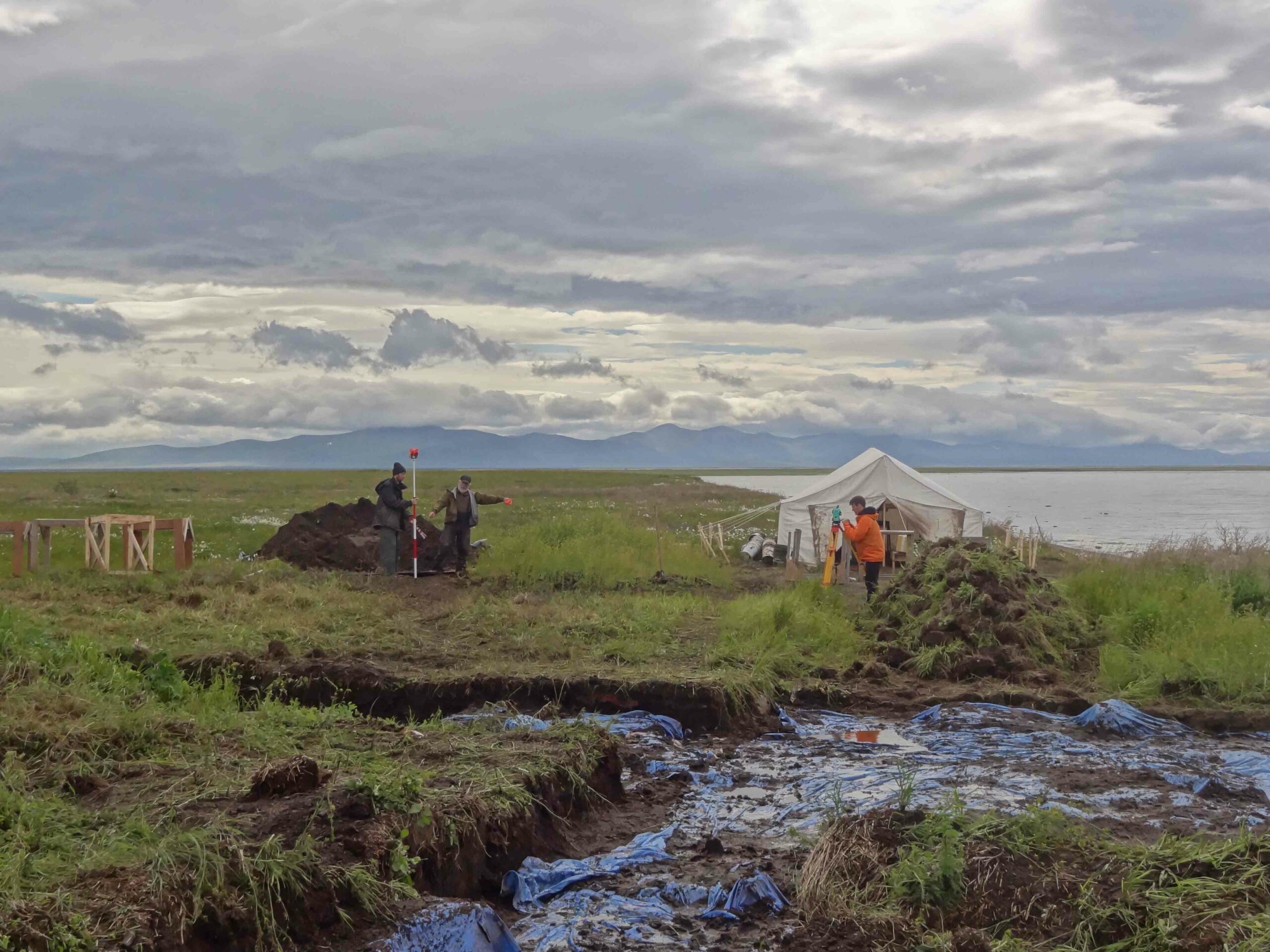
GALICIA, SPAIN—Antonio Salas Ellacuriaga and Federico Martinon Torres of the University of Santiago de Compostela led a team that analyzed the mitochondrial genome of the Aconcagua boy, the frozen remains of a seven-year-old discovered in Argentina by hikers in 1985. The Inca boy had been ritually killed some 500 years ago; his body naturally mummified in the cold, dry environment of the Aconcagua Mountain. The scientists extracted an uncontaminated sample from the boy’s lung tissue, and found that he belonged to an unknown subgroup of the diverse genetic lineage called C1b, which dates back to the earliest Paleoinidans more than 18,000 years ago. According to a report in Science, the team labeled this unidentified subgroup C1bi, which is thought to have originated in the Andes some 14,000 years ago. A check of genetic databases revealed four other known individuals in the C1bi group: three samples came from modern-day people living in Peru and Bolivia. The fourth sample came from the ancient Wari Empire, which predated the Inca in Peru. Population geneticist Andrés Moreno-Estrada of Mexico’s National Laboratory of Genomics for Biodiversity suggests that the two ancient samples indicate that the now-rare genetic variation was common before the arrival of Europeans. To read more about the Inca, go to "The Water Temple of Inca-Caranqui."











